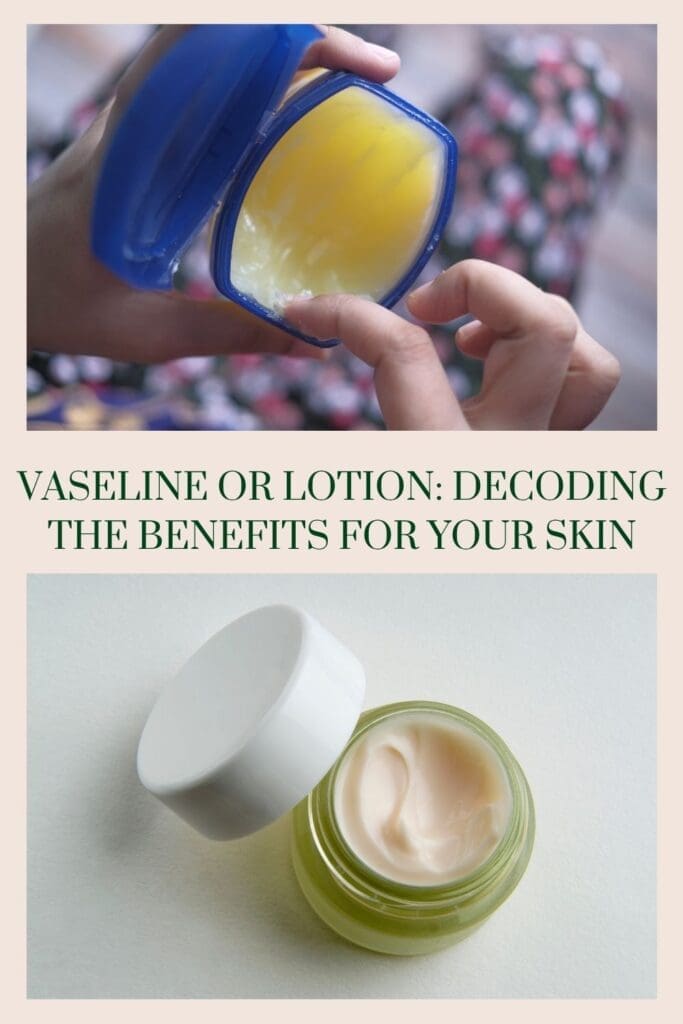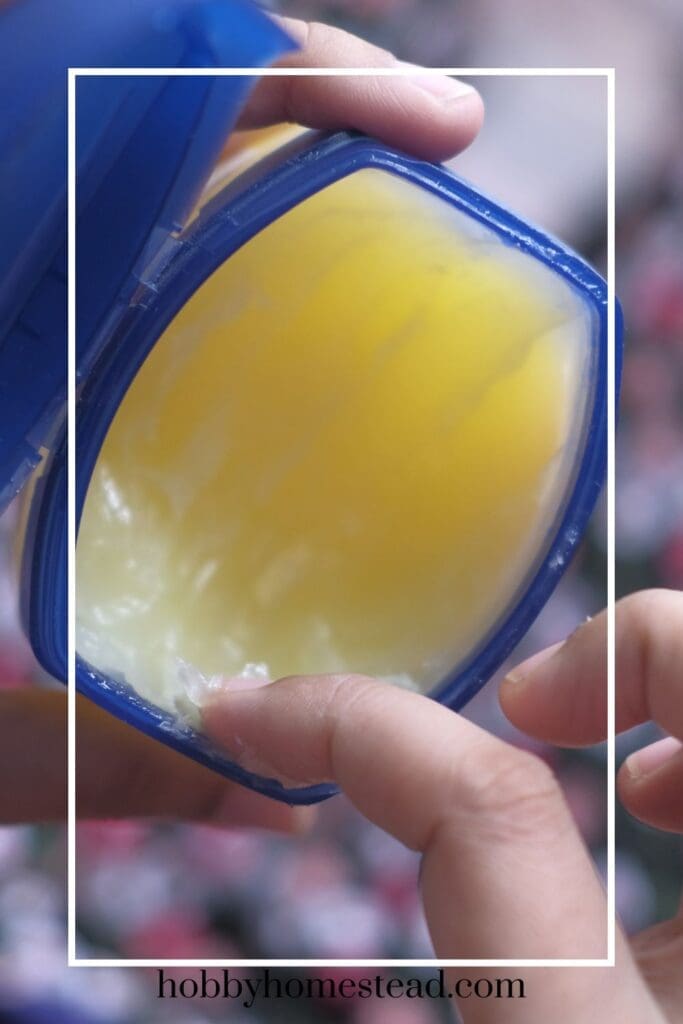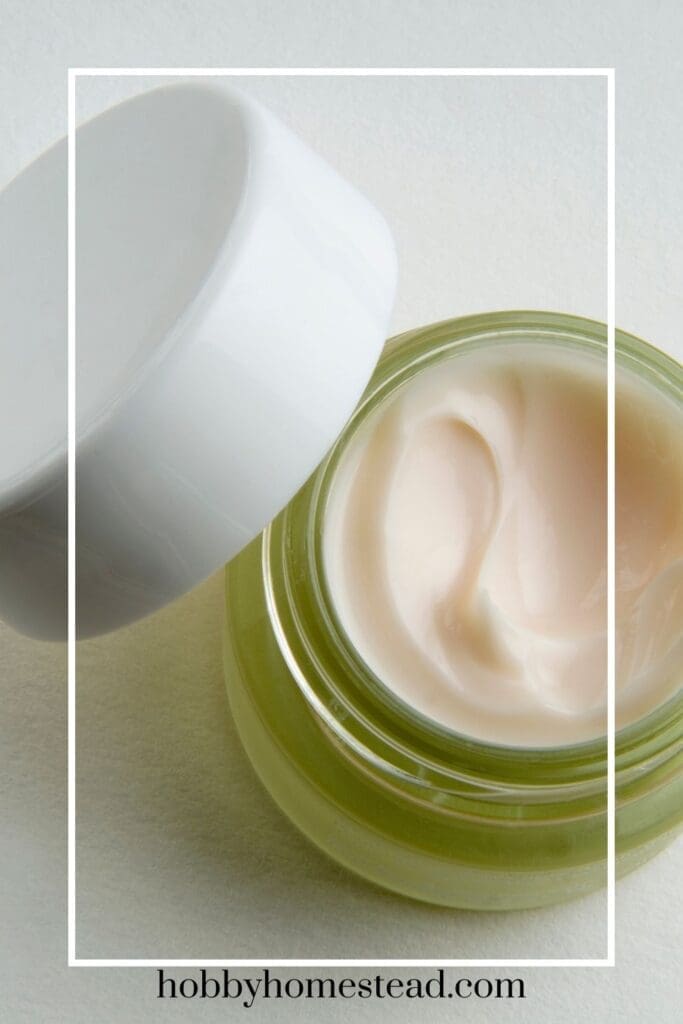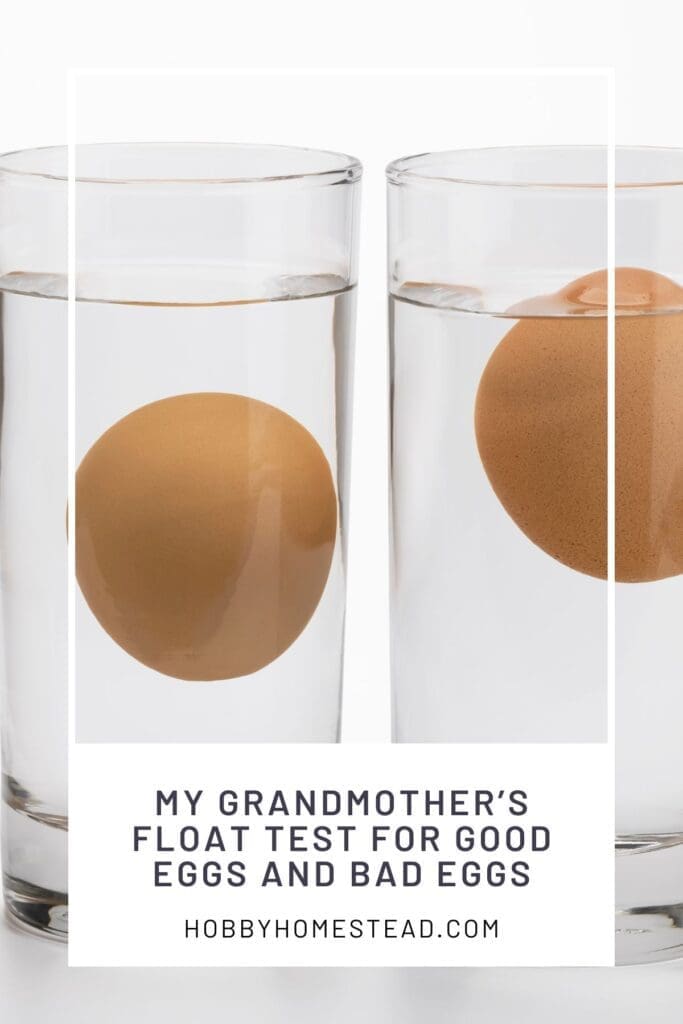Last updated on August 18th, 2025 at 08:17 am
Should I reach for Vaseline or lotion? With so many skincare products on the market, choosing the better choice for your unique skin can feel overwhelming. When your skin feels dry, irritated, or flaky, you may find yourself standing in the skincare aisle wondering what to choose.
This guide will walk you through the key differences between Vaseline and lotion, how each works, and which is best for different skin types, so you can get the best results in your daily routine.

What Is Vaseline?
Vaseline, or Vaseline jelly, is a well-known skin protectant made from 100% petroleum jelly, an occlusive moisturizer that forms a barrier over the skin’s surface.
This occlusive ingredient helps prevent water loss, sealing in moisture and protecting against harsh elements, making it a great choice for extremely dry skin, cold weather, and minor cuts.
Recommended by the American Academy of Dermatology, petroleum jelly is often used on open wounds, irritated skin, and atopic dermatitis.
It’s also found in intensive care ointments, face moisturizers, and even ultra-hydrating lipids for cracked heels or chapped lips.
What Is Lotion?
Body lotion is a fast-absorbing formula typically made from a blend of water, natural oils, and emollients like shea butter, almond oil, or jojoba oil.
Unlike Vaseline, lotions contain a high water content and are designed to penetrate the skin for deep hydration. Some lotions also include humectant moisturizers like hyaluronic acid, vitamin E, and vitamin C, which attract and retain moisture.
Lotions come in various forms. From lightweight daily use options to thicker body creams. And are suitable for oily skin, sensitive skin, and general skin concerns.
Many are formulated without astringent alcohol or fatty alcohols to reduce the risk of an allergic reaction, especially for those with treatable skin conditions like eczema or psoriasis.
Key Differences Between Vaseline and Lotion
| Feature | Vaseline | Lotion |
| Main Ingredient | 100% petroleum jelly | Water, oils, humectants |
| Type of Moisturizer | Occlusive moisturizer | Emollient and humectant moisturizer |
| Texture | Thick and greasy | Light and smooth |
| Water Content | None | High |
| Best For | Extremely dry skin, cracked areas | Everyday hydration for flaky skin |
| Absorption | Slow | Fast-absorbing |
| Ideal Time of Year | Colder months | Year-round, especially summer months |
| Skin Type | Dry, irritated, dehydrated skin | All skin types, including oily skin |
| Common Additives | None | Vitamin E, shea butter, vitamin C |
When to Use Vaseline vs Lotion
The time of year, your personal preferences, and skin problems will guide whether Vaseline or lotion is the better substitute for your needs.
- Use Vaseline:
- On damp skin before bed to lock in moisture.
- After hydrocortisone skin treatments to seal healing.
- During cold weather for protection against wind and dryness.
- Over lotion as a second layer (“layer of Vaseline”) to boost hydration.
- On minor cuts, open wounds, or cracked skin to help the skin barrier heal.
- Use Lotion:
- In the morning as part of your basic step in your skin care routine.
- After bathing when your skin needs extra moisture.
- If you have oily skin or want lightweight products for daily wear.
- During summer months when you want something non-greasy.
Can You Use Both Together?
Yes, and for many, this gives the best results. Start with a humectant moisturizer like lotion to draw in moisture, then apply a layer of Vaseline on top to seal it in. This technique works especially well for dehydrated skin, cracked heels, and dry hands.
If your goal is long-lasting moisture, especially in colder months, this combo can dramatically improve your quality of life by reducing skin problems like flaky skin, dark spots, and irritation.

Which One Is Right for You?
According to the Mayo Clinic and guidance from board-certified dermatologists, the right choice depends on your skin’s current state:
- Dry or irritated skin → Vaseline or thick body cream
- Oily or acne-prone skin → Lightweight body lotion or face moisturizer
- Sensitive skin → Fragrance-free, alcohol-free lotion with gentle ingredients
- Cold climates or wind exposure → Vaseline for a stronger barrier
- Warm climates or daily wear → Lotion with hyaluronic acid or vitamin C
Is Vaseline better than lotion for dry skin?
Vaseline is often the better choice for extremely dry skin because it acts as an occlusive moisturizer, sealing in moisture and protecting the skin barrier.
For deep cracks or flaky skin, apply lotion first for skin hydration, then a layer of Vaseline to lock it in.
Can I use Vaseline as a face moisturizer?
Yes, but with caution. Vaseline can work for very dry or sensitive skin, especially in colder months. However, those with oily skin or prone to acne breakouts might prefer lightweight products or a face moisturizer with hyaluronic acid or vitamin C to avoid clogged pores.
Is lotion better for everyday use?
Yes, lotion is ideal for daily use. It provides quick, fast-absorbing moisture and is often enriched with natural oils, shea butter, or vitamin E. Many lotions are suitable for different skin types, including sensitive skin.
Can I layer Vaseline over lotion?
Absolutely. This method is often recommended by board-certified dermatologists and the American Academy of Dermatology. Apply lotion to slightly damp skin, then seal in the moisture with a thin layer of Vaseline for long-lasting hydration.
Will Vaseline clog my pores?
While Vaseline is non-comedogenic and won’t clog pores for most people, it may feel too heavy for oily or acne-prone skin, especially in hot weather. Use sparingly on the face and test on a small area first.
Can I use Vaseline or lotion on open wounds or irritated skin?
Yes, but choose wisely. Vaseline is often used to protect open wounds and support healing, as noted by the Mayo Clinic. If you’re treating irritated skin or atopic dermatitis, use fragrance-free products and consult a healthcare provider before applying any skincare products.
What’s the difference between Vaseline and Vaseline lotion?
Vaseline lotion is a blend of petroleum jelly with moisturizing ingredients like vitamin E, glycerin, and coconut oil, offering a fast-absorbing formula with less greasiness. It’s a good hybrid for those who want the benefits of both an occlusive and a humectant moisturizer.

Which one works better for dry, cracked heels?
Vaseline works better on dry, cracked heels because it’s an occlusive moisturizer that forms a protective barrier over the skin. This barrier helps seal in moisture, prevent water loss, and protect against further irritation—especially in colder months or dry environments.
For best results, apply a rich body lotion or foot cream with hyaluronic acid, shea butter, or vitamin E to your heels while your skin is still damp, then cover with a layer of Vaseline. Put on socks overnight to lock in the extra moisture and soften flaky skin by morning.
Bottom Line
Both Vaseline and lotion are valuable skincare products. They just work differently.
Vaseline is a powerful occlusive ingredient and skin protectant perfect for extremely dry skin and healing.
Lotion, on the other hand, offers skin hydration with a fast-absorbing formula, making it a better choice for daily use and different skin types.
Whether you’re facing cold weather, lack of access to high-end products, or simply exploring personal preferences, having both options in your skincare toolkit can help you care for your skin with confidence.
References
American Academy of Dermatology Association. 5 ways to use petroleum jelly for skin care.
Healthline. Is Vaseline a Good Moisturizer?
Vaseline. How Petroleum Jelly and Moisturizers Differ.


